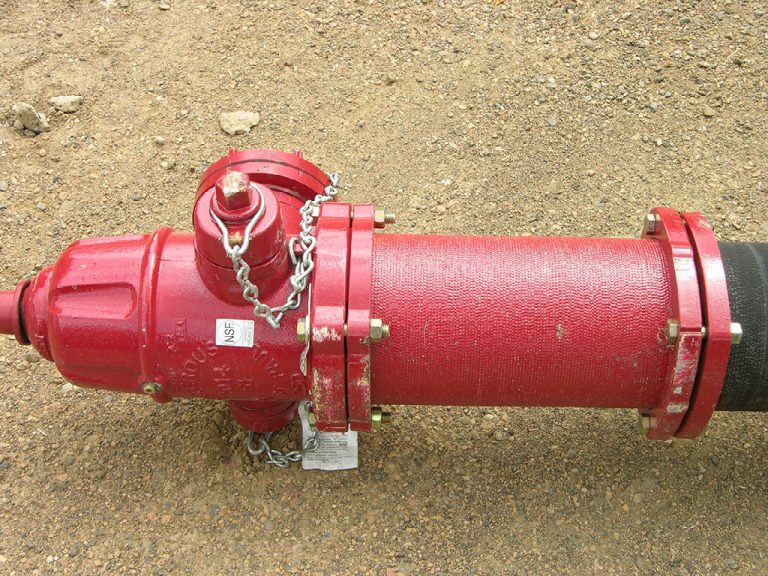In the realm of home maintenance, there are few components as vital as the main water shut-off valve. Often overlooked, this unassuming valve serves as the first line of defense against plumbing emergencies, leaks, and potential water damage. In this comprehensive guide, we will delve into the significance of the main water shut-off valve, its operation, and how you can harness its power to safeguard your property.
Understanding the Main Water Shut-Off Valve: The main water shut-off valve is your home’s control center for water flow. It’s typically located near where the water line enters your property, such as in a basement, utility room, or crawl space. This valve gives you the ability to completely stop the flow of water into your home, a crucial function during plumbing emergencies like burst pipes or leaking fixtures.
The Importance of Quick Action: Imagine waking up to a burst pipe in the middle of the night. Without knowledge of your main water shut-off valve’s location and operation, you could be faced with extensive water damage by the time a plumber arrives. Understanding how to quickly shut off the main water supply can significantly mitigate damage and reduce repair costs.
Locating Your Main Water Shut-Off Valve: Finding the valve might seem like a daunting task, but it’s often easier than you think. Begin by identifying where your water line enters your home. Common locations include basements, crawl spaces, garages, or utility rooms. The valve is typically a round wheel or lever. Once located, familiarize yourself with its operation by turning it off and on a few times.
Empowering Yourself with Knowledge: Knowing how to operate the main water shut-off valve is just the first step. It’s equally important to share this knowledge with your household members. In case you’re not home during a plumbing emergency, someone else should be able to take quick action to prevent further damage.
Routine Maintenance and Inspection: To ensure the main water shut-off valve works when you need it most, incorporate it into your routine maintenance. Test the valve periodically to ensure it turns smoothly and completely shuts off the water. If you encounter any issues, such as a valve that’s difficult to turn or leaks, consider consulting a professional plumber to address the problem.
